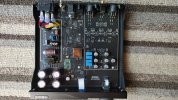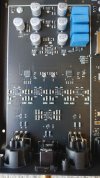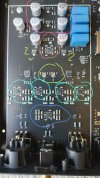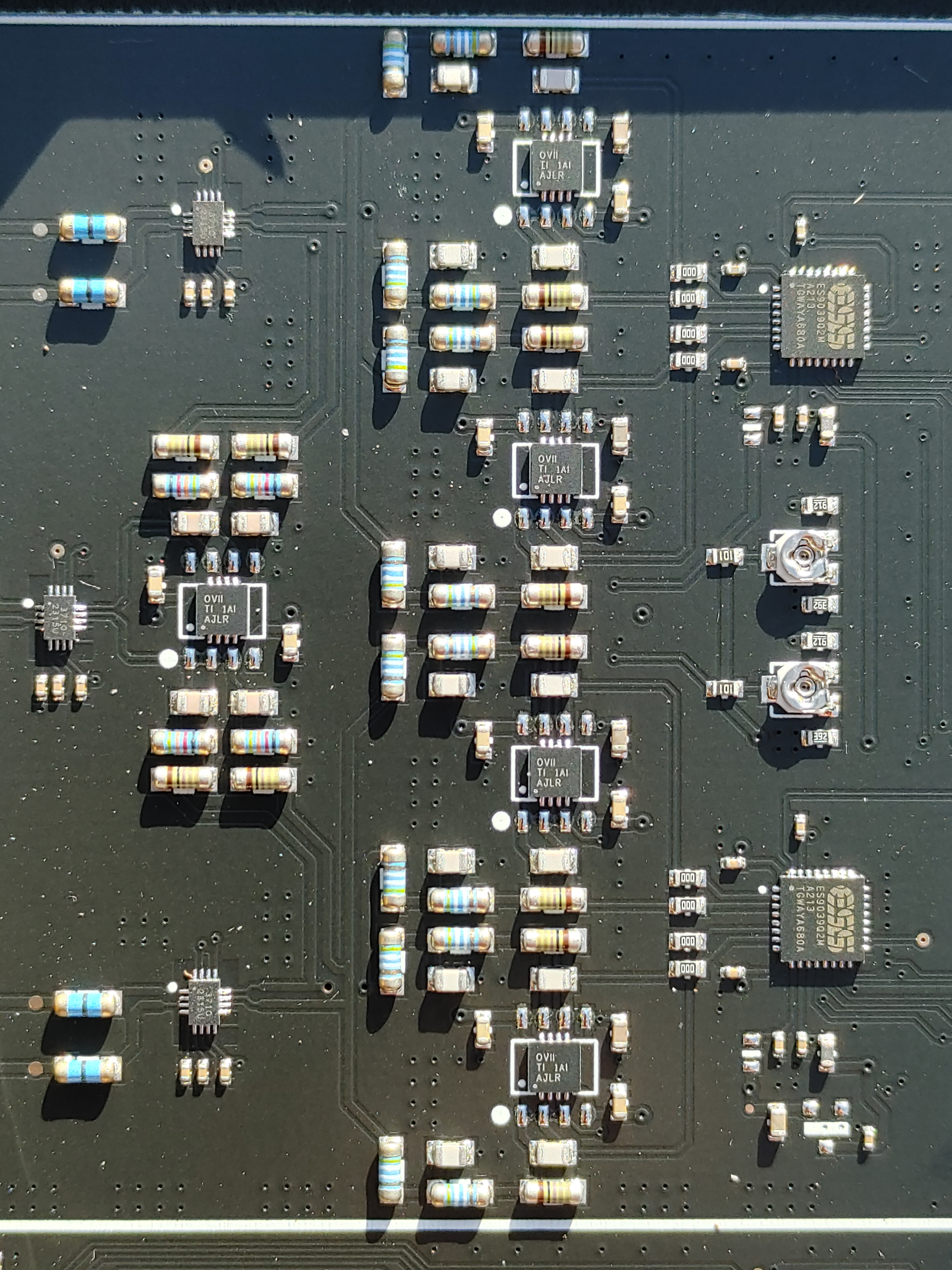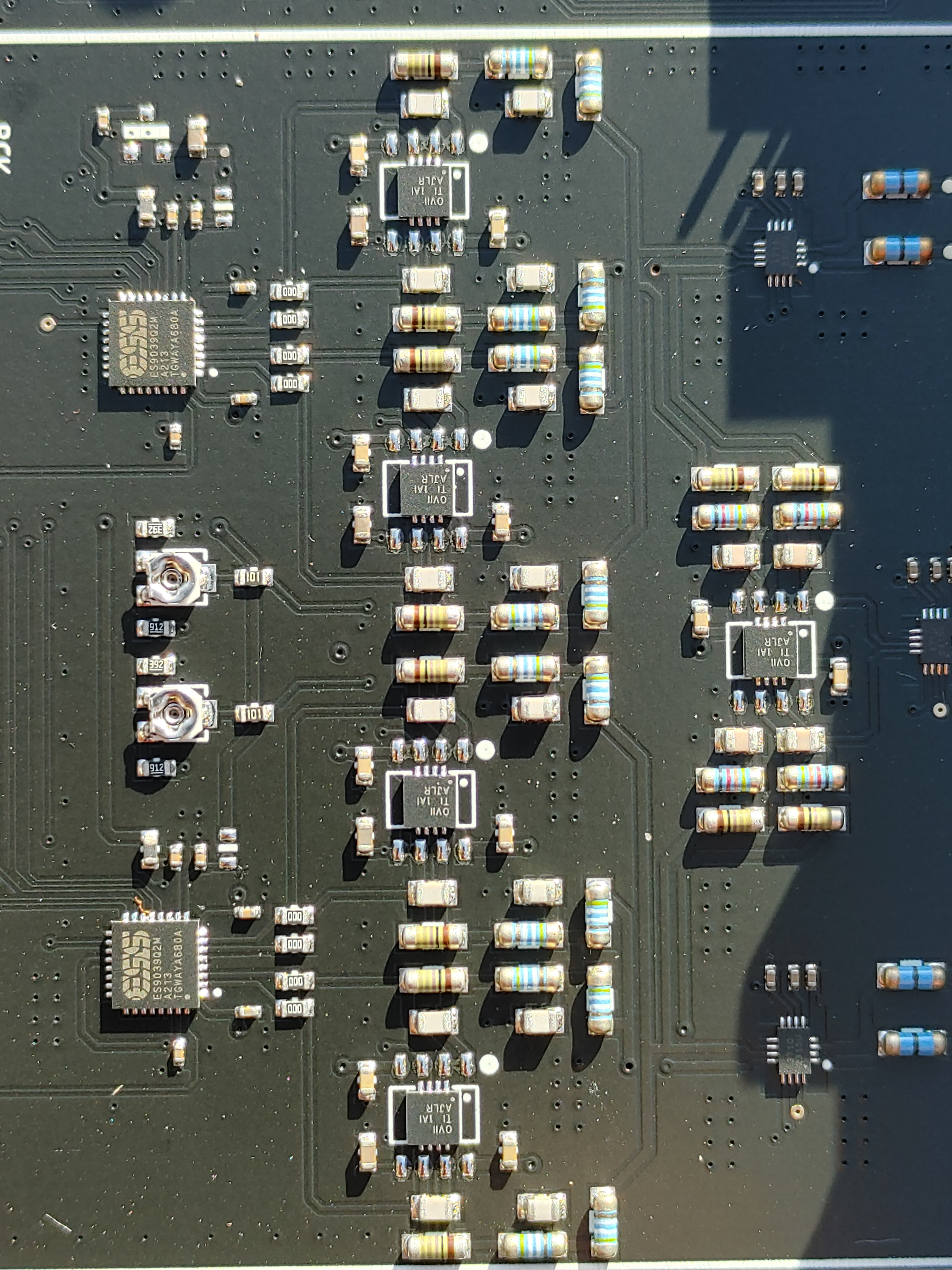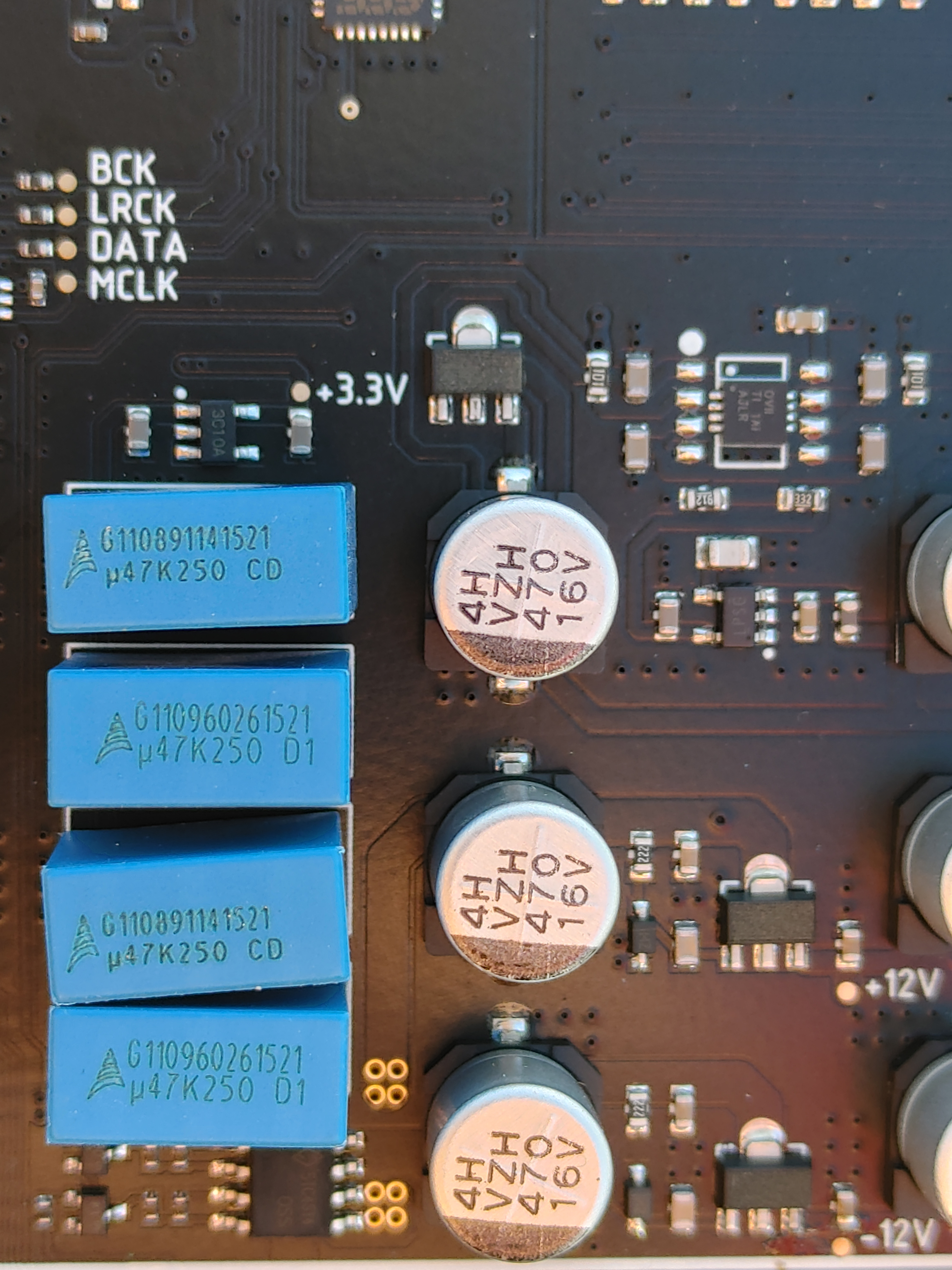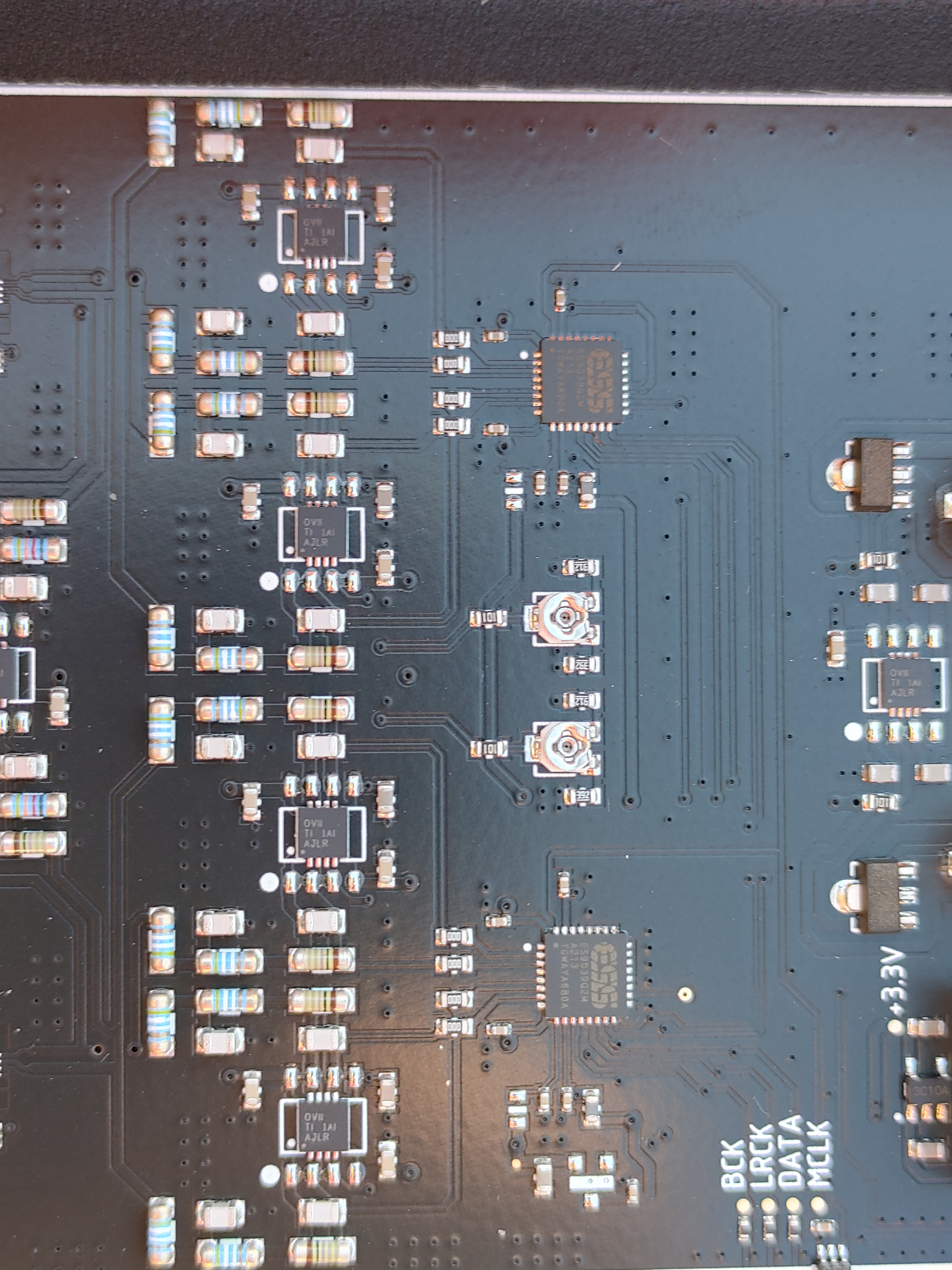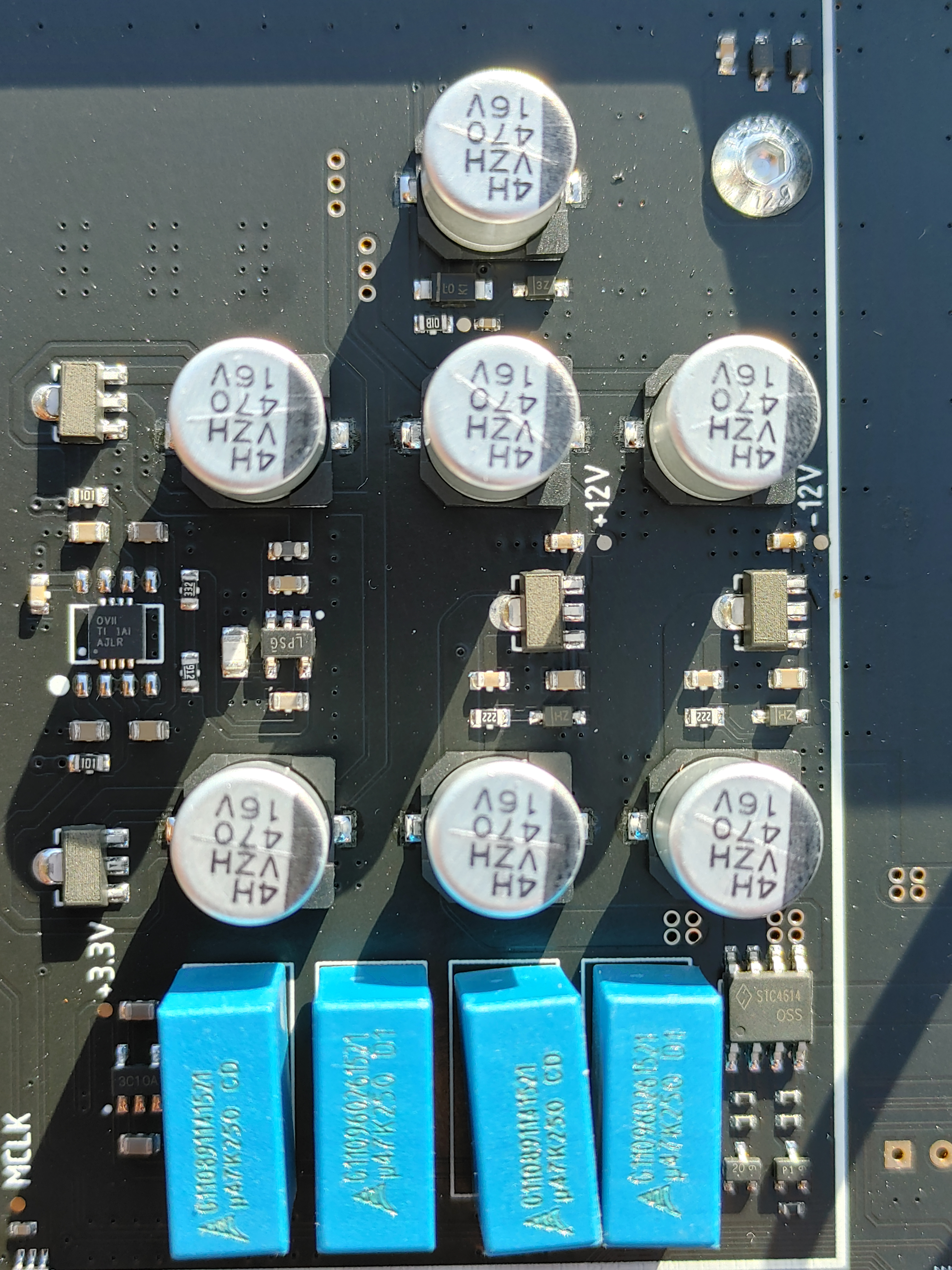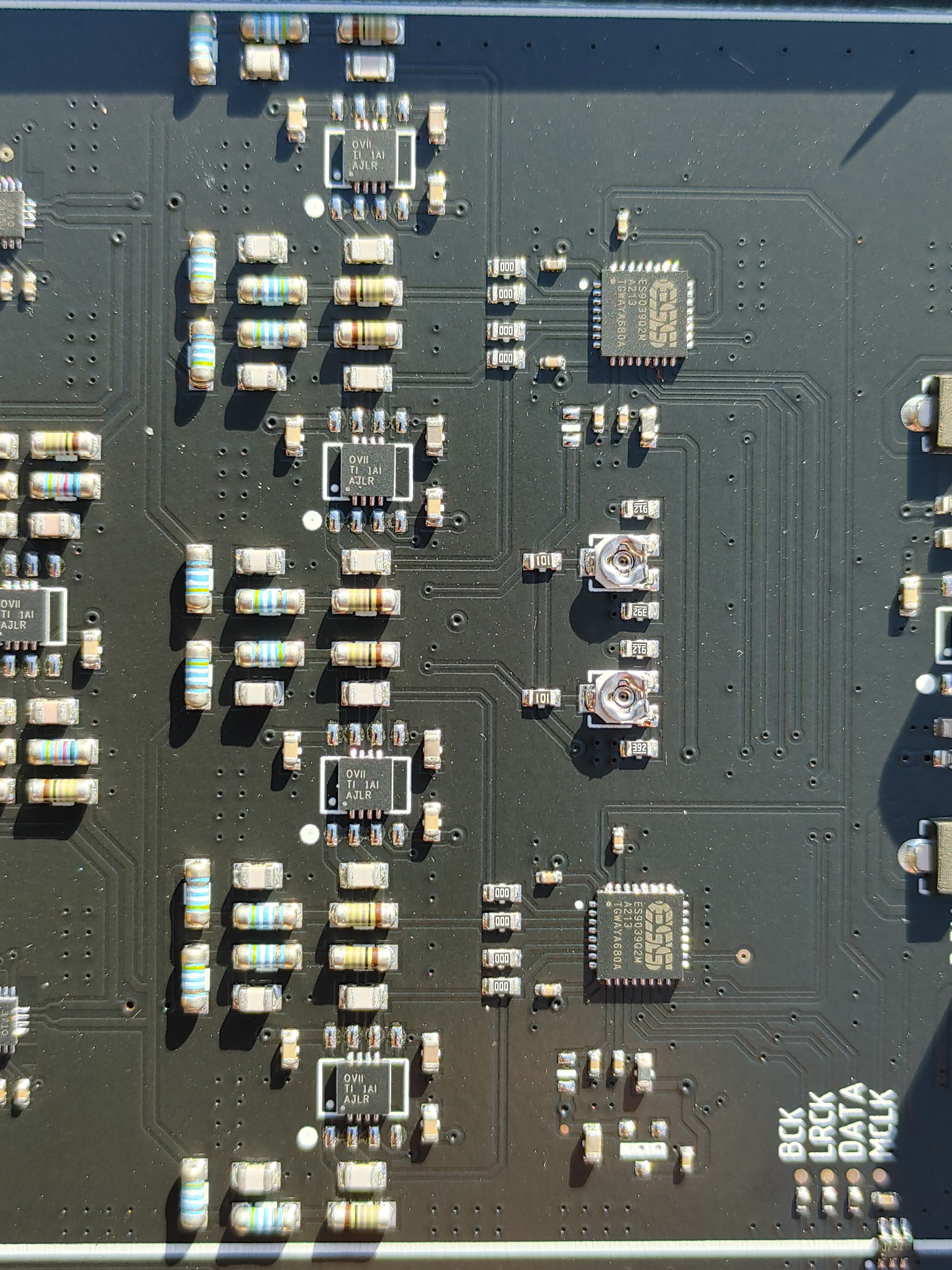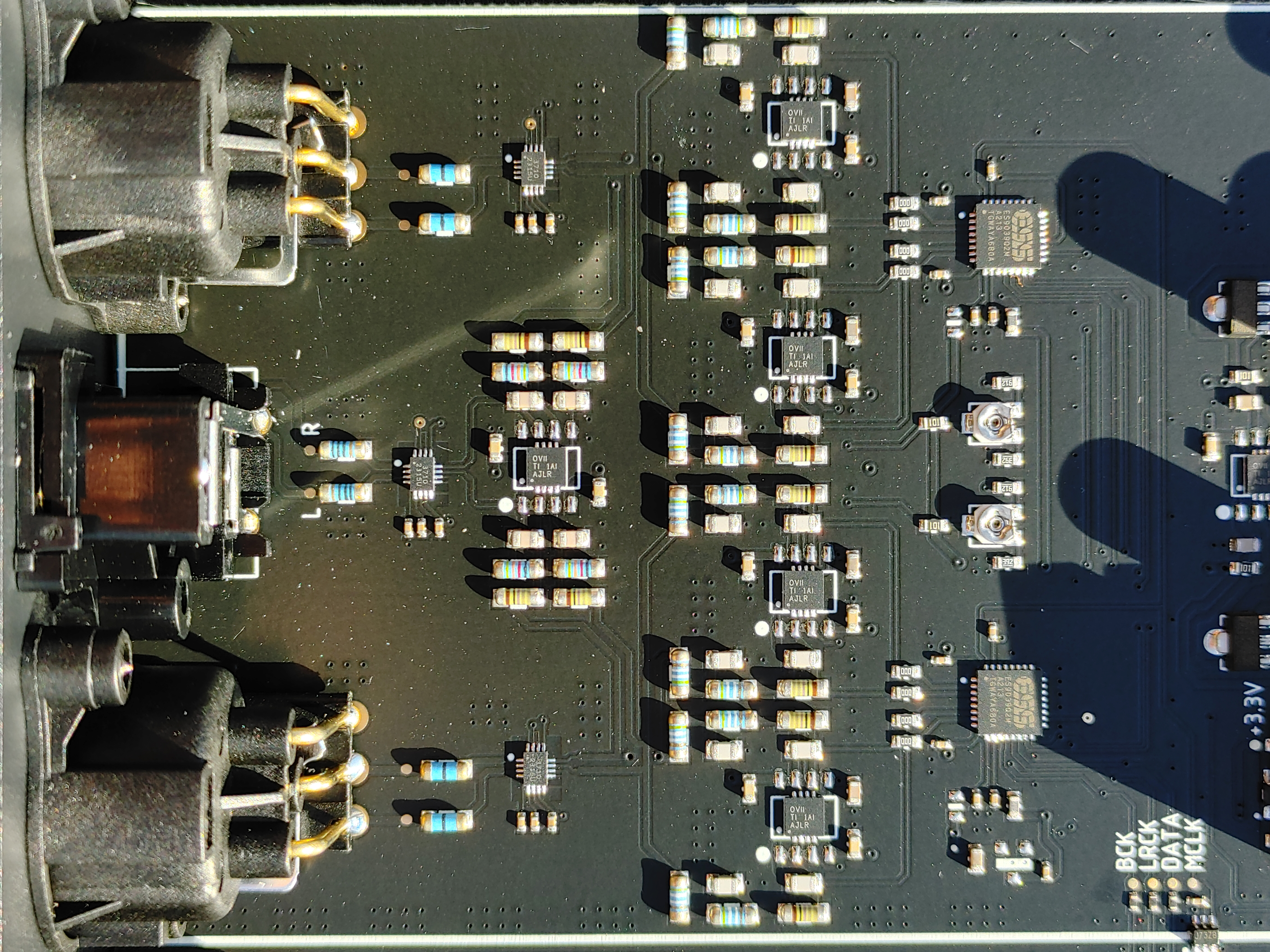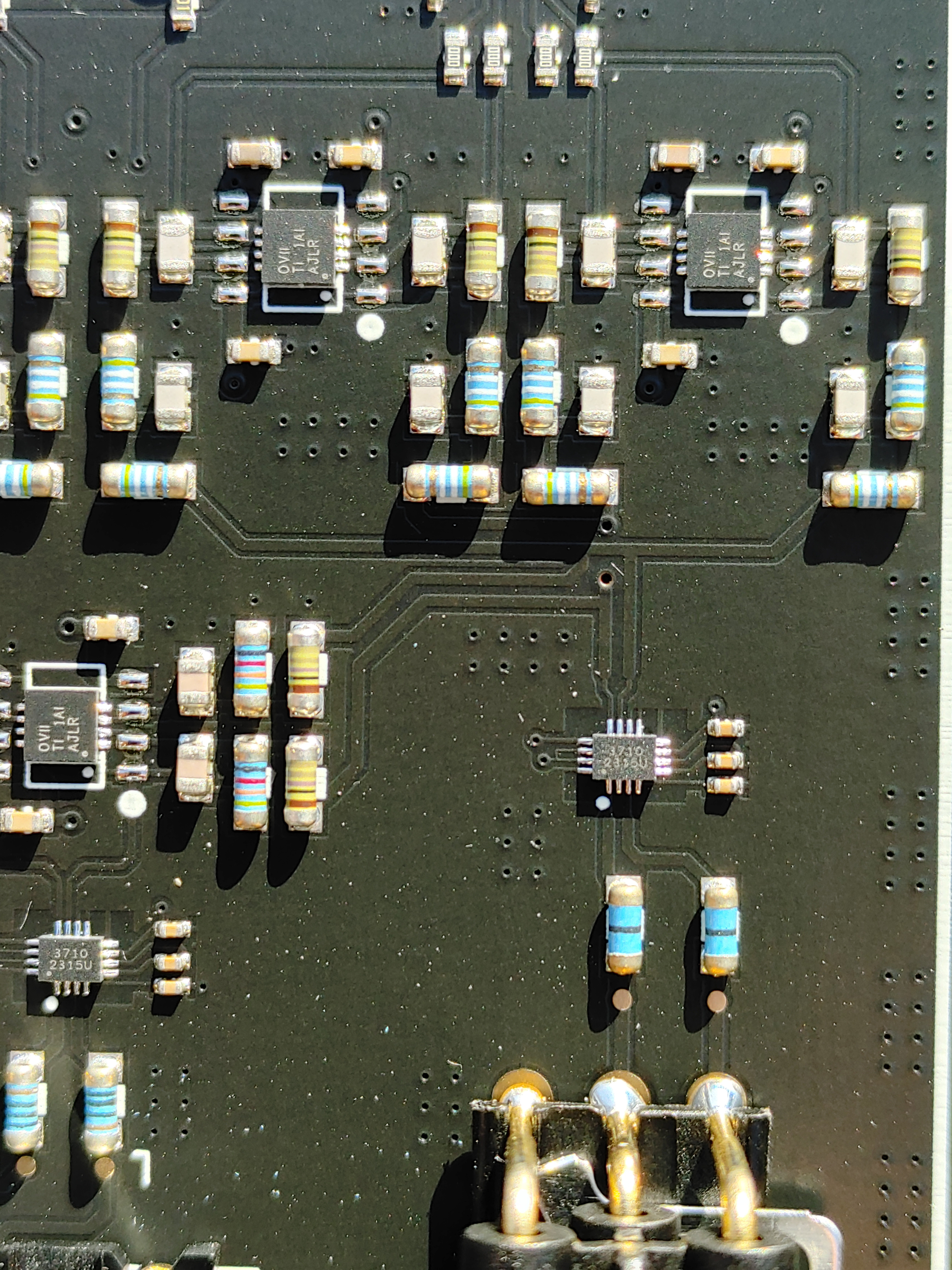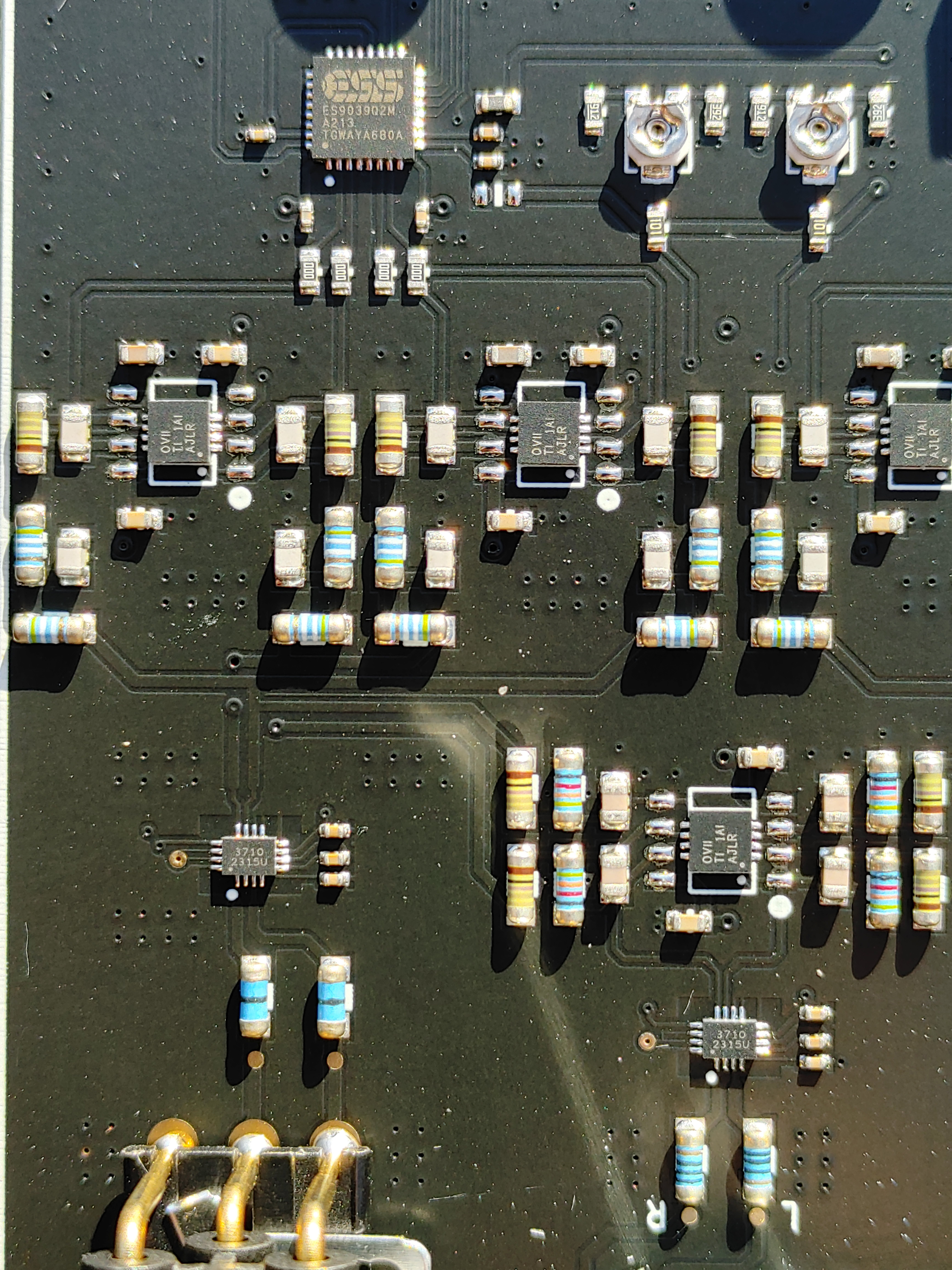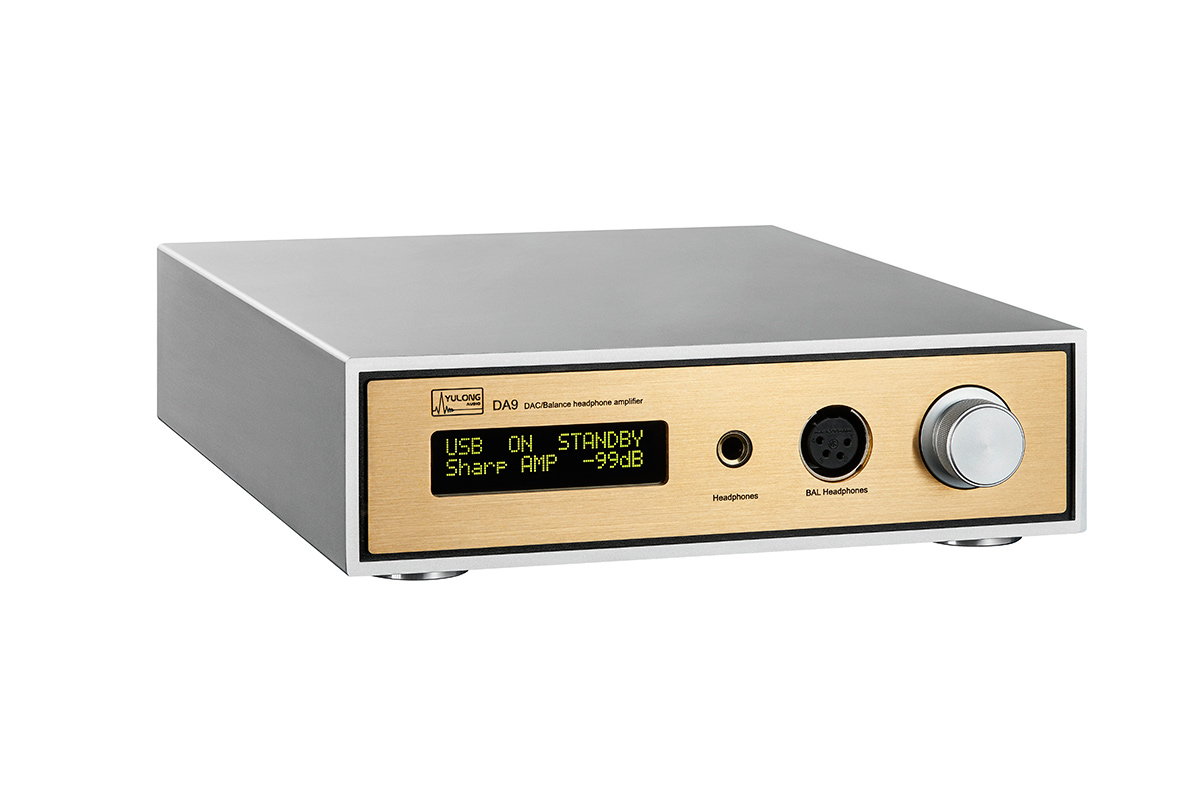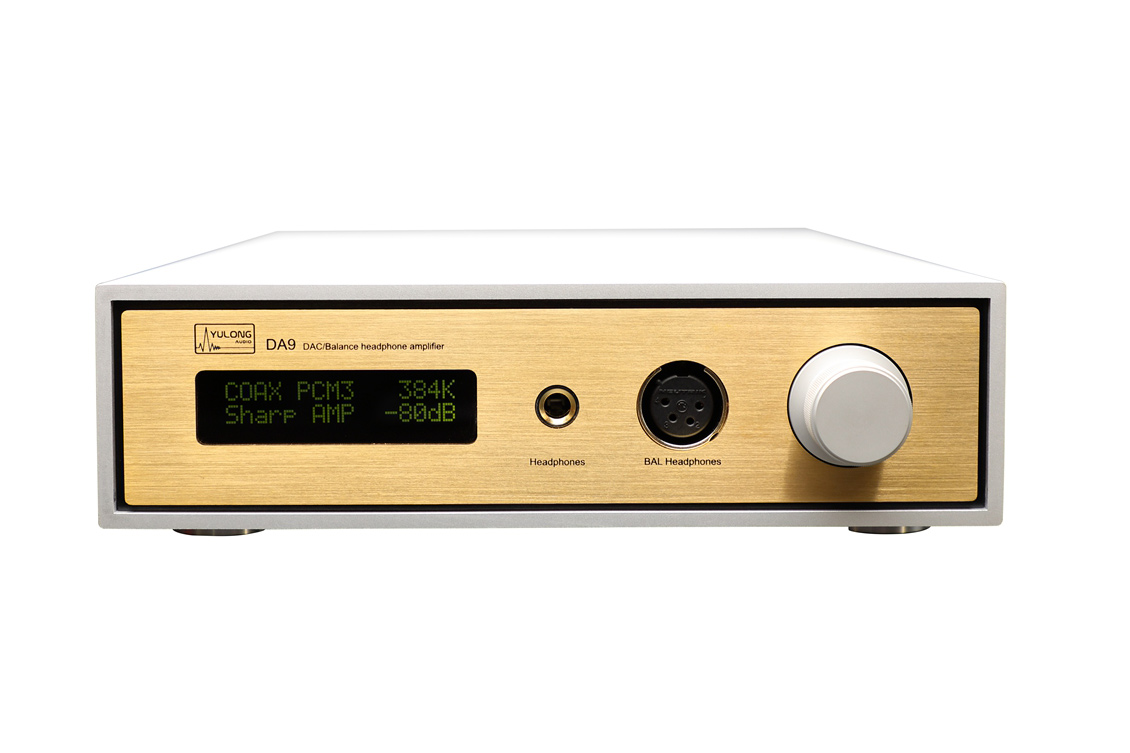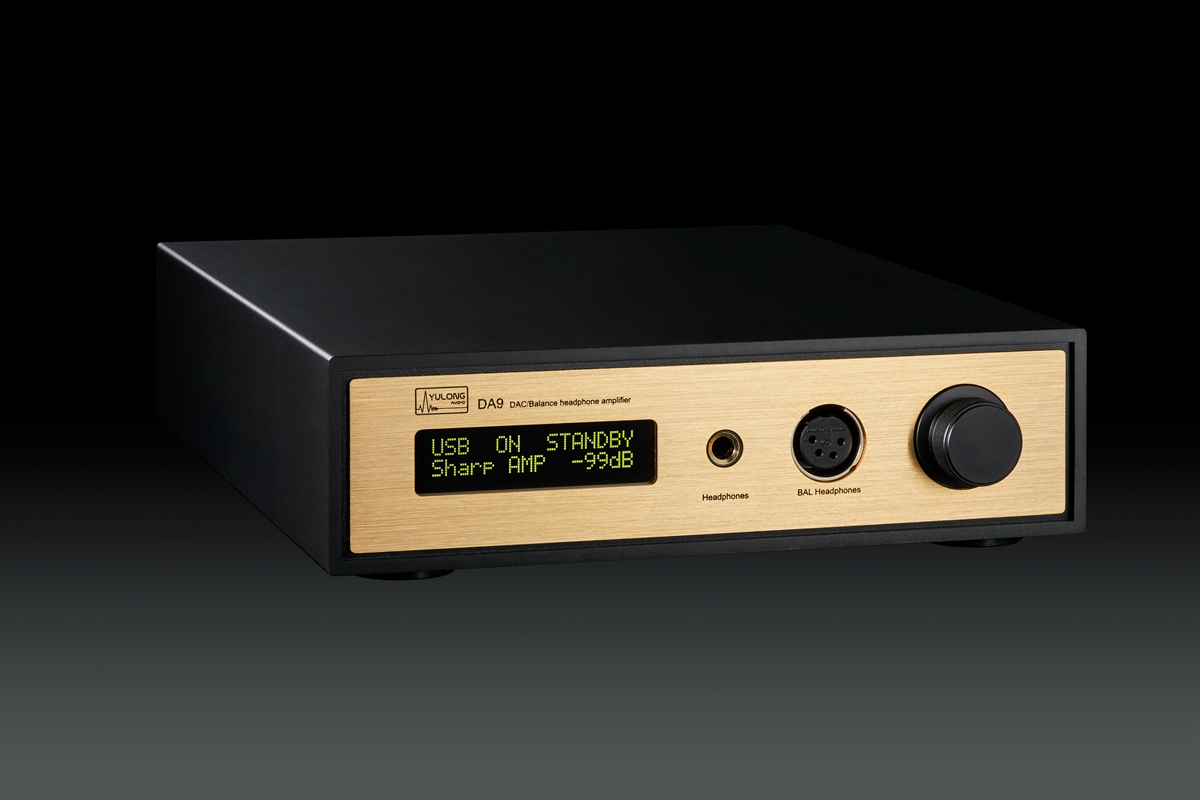That’s funny to me because my primary DAC for many years was a Bryston BP-25DA preamp. It’s dated regarding inputs now (only coax), but with 44.1kHz/16 bit audio, it sounds just as good as my more contemporary DACs.I actually have zero interest in more stand alone DAC measurements that are merely a chip with a decent implementation of the application note around them.
Zero interest because those avoid the true challenges, imo.
I am interested in DACs with preamplifier capabilities, awesome integrated headphone amplification, and configurable sub output(s).
My perspective on DACs now is that I buy them for inputs and other features, not for SINAD and linearity.

